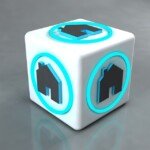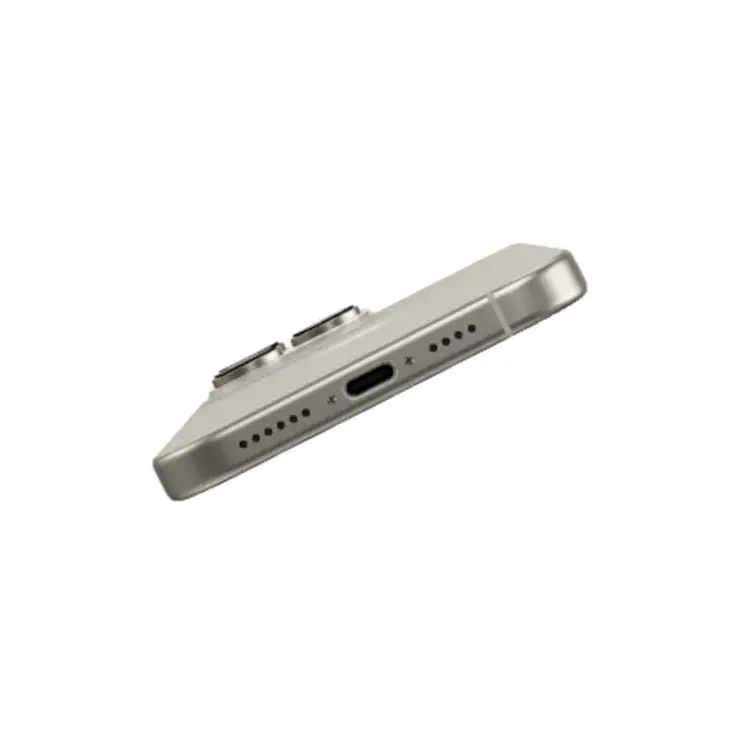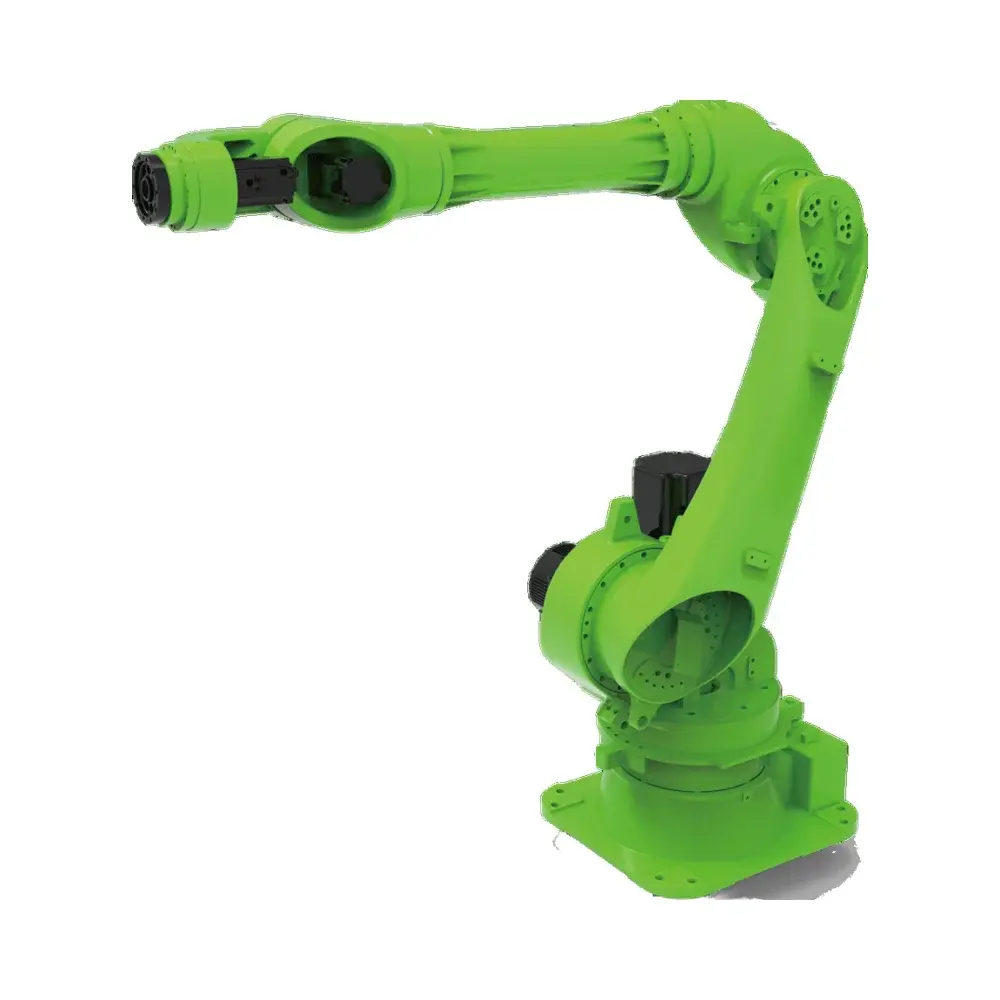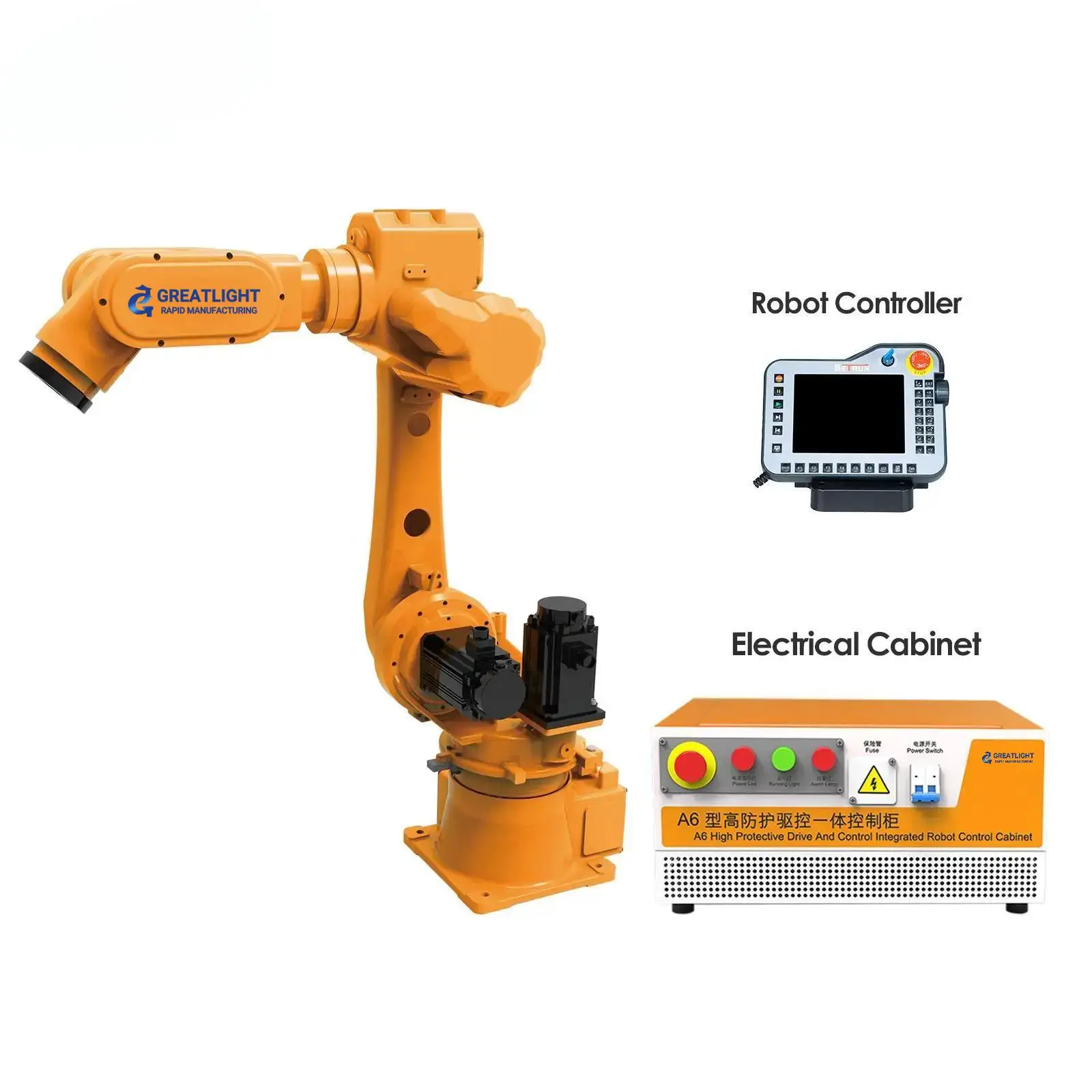In the manufacturing world, two technologies often dominate: 3D printing (additive manufacturing) and CNC machining (subtractive manufacturing). Both convert digital designs into physical parts, but there are significant differences in their methods, capabilities, and ideal applications. Choosing the right method is critical for cost-effectiveness, quality and functionality, especially for metal parts that require high precision. In this comparison, we break down the core differences to help you make an informed decision.
1. Core Principle: How materials meet design
- 3D printing: Build a part from scratch, layer by layer, adding material (plastic, resin, metal powder, etc.) only where needed. It excels at creating complex organic shapes, internal channels or lightweight lattice structures that are impossible to achieve with traditional methods.
- CNC machining: The removal of material from a solid block (metal, plastic, wood) using a precision cutting tool (drill, mill, or lathe) to carve out the final shape. It provides excellent dimensional control and surface quality.
why this is important: The additive nature of 3D printing minimizes waste but introduces layer visibility and potential voids. CNC machining, while producing more scrap, provides structural integrity and material homogeneity, which is critical for aerospace, automotive or medical implants.
2. Material Compatibility: Range and Performance
- 3D printing: Mainly using thermoplastics (PLA, ABS), resin or powder metal (stainless steel, titanium). Although versatile, printed parts can exhibit anisotropic properties (weak interlayers) and limited mechanical robustness. High-strength metal alloys often require specialized industrial printers.
- CNC machining: Works on many metals (aluminium, titanium, hardened steel, copper) and strong plastics (PEEK, nylon). The material retains its inherent strength, thermal stability and fatigue resistance.
why this is important: For functional metal parts that are subject to pressure or harsh environments, such as engine components or surgical tools, CNC’s superior material integrity is essential.
3. Accuracy and surface quality
- 3D printing: Tolerances of ±0.1–0.5 mm are typically achieved. Layer lines often require post-processing (sanding, coating) to obtain a smooth surface. Metal prints may warp or shrink.
- CNC machining: Delivery Micron level accuracy (±0.025 mm or tighter) for a pristine surface finish directly from the machine. High spindle speeds and multi-axis capabilities (such as five-axis CNC) enable complex contours, sharp edges and fine details without the need for secondary processing.
why this is important: Applications requiring hermetic sealing, optical clarity or aesthetic perfection (e.g. automotive joints, optical housings) benefit from the unrivaled precision of CNC.
4. Design complexity and manufacturability
- 3D printing
- advantage:Create hollow structures, undercuts, and interwoven geometries without fixation issues. Ideal for topology optimization or bionic designs.
- shortcoming: Requires hanging supports and increases post-processing labor. Large prints run the risk of delamination.
- CNC machining
- advantage: Unparalleled consistency in geometric features such as flatness, parallelism or true radius.
- shortcoming: Not suitable for enclosed cavities or grids, no additional setup required. The design must account for tool access.
why this is important: For low-volume prototypes with unusual shapes, 3D printing shines. For high-tolerance production parts that require structural reliability, CNC is irreplaceable.
5. Scalability and delivery time
- 3D printing: Short setup time – ideal for rapid prototyping or 5-100 units. However, printing each part Adds time; scaling production reduces throughput. Material cost per kilogram is higher.
- CNC machining:Longer initial setup/programming. But once fixed and machined, it can be achieved much faster per unit sub-scale. The automated five-axis system enables unattended production, significantly reducing costs for batches of more than 100 pieces.
why this is important: 3D printing accelerates innovation cycles. CNC wins when it comes to mass production efficiency, especially when it comes to automated post-processing integration.
6. Cost considerations
- low volume: 3D printed molds have low cost and are very suitable for research and development.
- high yield: CNC becomes cost-effective due to economies of scale. The material cost per kilogram is usually low and the waste is recyclable (e.g. metal scraps).
- Hidden costs: 3D printing can require extensive post-processing; CNC involves perishable tooling but can provide "Ready to use" part.
Conclusion: Collaboration beats competition
Neither technology is universally superior – they solve different problems. 3D printing democratizes complex geometries and prototyping. CNC machining remains the precision-critical, high-performance gold standard metal partsespecially if strength and finish are important.
exist huge lightwe focus on Five-axis CNC machiningutilizing state-of-the-art equipment and proprietary technology to manufacture complex metal parts with unparalleled precision. From jet turbine blades to biocompatible implants, our vertically integrated services include milling, turning, grinding and custom finishing, working with materials ranging from titanium alloys to exotic materials like Inconel®. With fast lead times and a one-stop approach including anodizing, polishing or heat treating, we are redefining excellence in custom precision machining.
Ready to optimize your project?
🔧 Submit your design at Greatlightcnc.com to get a real-time quote and experience manufacturing excellence in design.
FAQ
Q1: Can CNC machining produce parts as complex as 3D printing?
A: Yes, advanced five-axis CNCs (like GreatLight’s) can machine parts from multiple angles without re-clamping, allowing for high-precision curves, cavities and compound angles. However, the internal lattice or microscopic voids facilitate 3D printing.
Q2: Which method is stronger for metal parts?
Answer: CNC-produced parts are typically 10-30% stronger due to their continuous grain structure. Despite the use of advanced technologies such as SLM/DMLS, 3D printing may still produce voids or incomplete fusion.
Q3: How much impact does material waste have on CNC costs?
A: Optimized tool paths minimize waste. At GreatLight, more than 90% of metal shavings are recycled, reducing the customer’s net material expense.
Question 4: Is 3D printing economical for high-volume production?
A: Very few – slower print times and manual post-processing make CNC more cost-effective above 500 units. Exceptions include parts with lattice structures that cannot be machined.
Q5: Why choose Honglaite CNC service?
A: Our five-axis capabilities coupled with in-house finishing and quality control (CMM/LVDT) ensure tolerances are adhered to ±0.005mm. We specialize in rapid prototyping and Mass production with competitive prices.









































